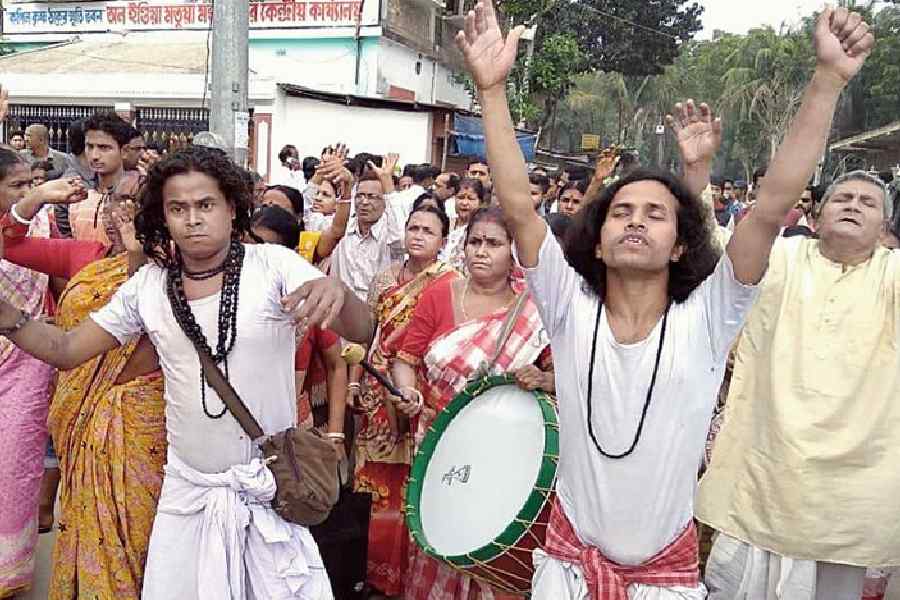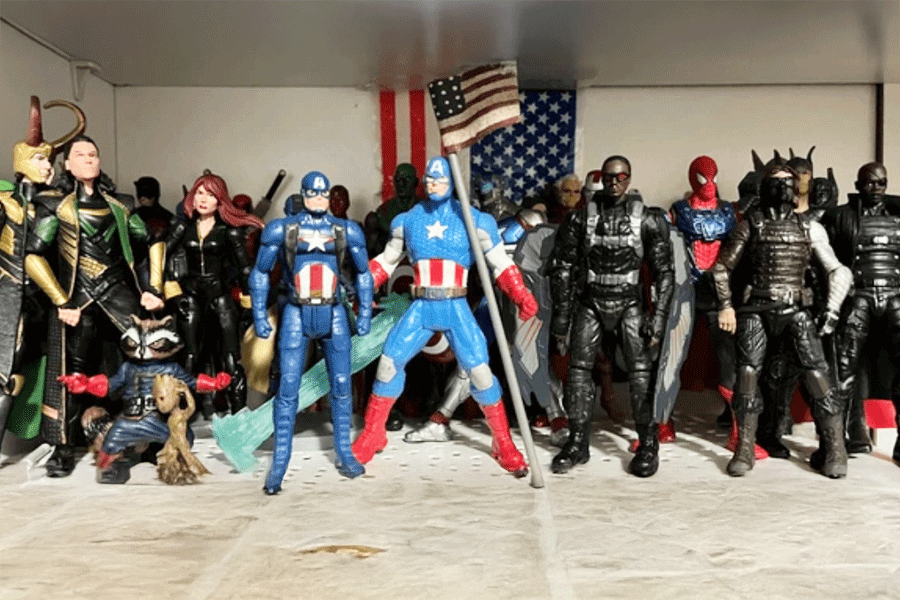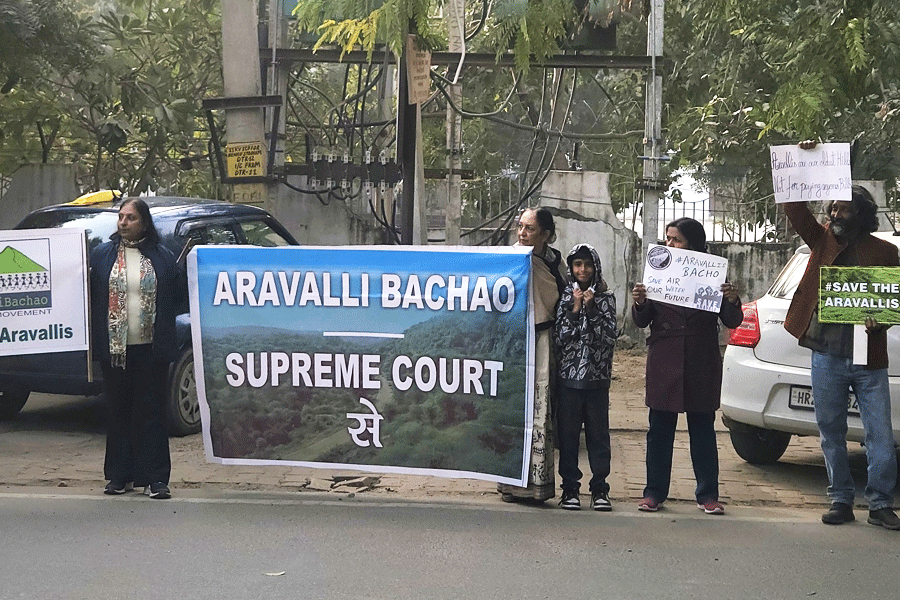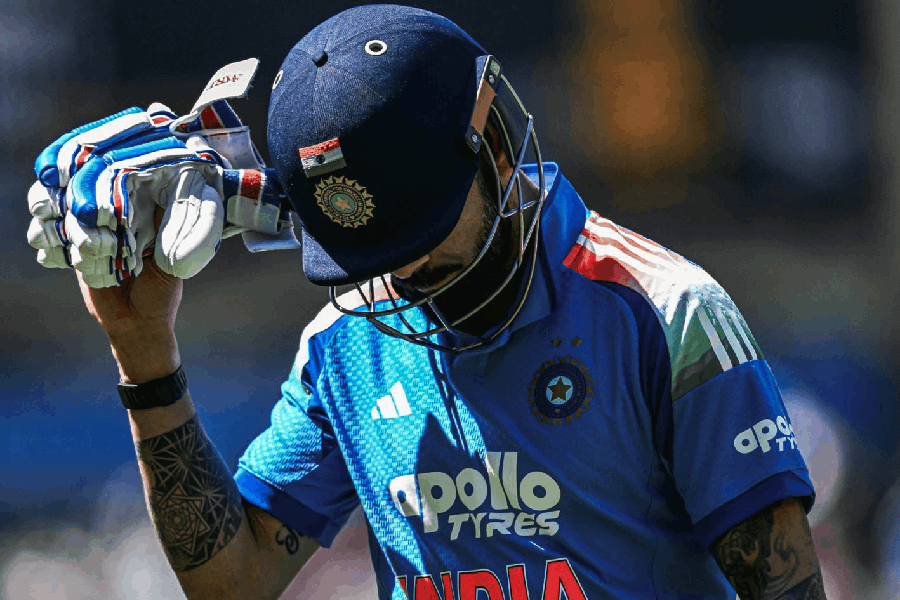 |
When the curatorial note claims that the five participating artists in Ganges Gallery’s show of prints, on till August 14, “challenge the traditional frontiers of the print, extending it both technically and conceptually” the wary viewer may be forgiven for dismissing it as usual hyperbolic fluff. But that is before he actually sees the works on view. Because the artists presented — four, incidentally, are women — do, indeed, reflect an attempt at fresh ways of mining the established lexicon of printmaking.
The artists are not content with single colours and simple techniques. Four of them have combined print-making with elements like drawing, threadwork and carving in wood to construct elaborate works. Whether these “extend” the “frontiers of the print” may be a matter of debate, but there’s no doubt that the artists have gone beyond routine exercises.
Jayashree Basak, for example, imports multiple colours in four etchings with the exacting technique of viscosity, while the fifth is wedded to woodcut. Their broad cloth frames echo motifs from the images in thread. But the artist succeeds primarily because of an amusing perspective on the rituals of middle-class living, whether it’s vacationing or just visiting the WC. But her Fallwinterscape is the romantic’s cameo of a time when browns edge out greens. Rajarshi Sengupta’s only work is, in fact, a suite of block-printed cloth (picture), etched zinc plates and digitally printed rice paper, and involves several processes which refer, according to the artist’s note, to temple cloth making in South India. Despite its rather pompous title — Map of Intricate Chasm — a complex of layered ideas engages the viewer. His enquiry into how personal identity — the intricate chasm? — evolves in different categories of space is defined by the fixity of architectural signatures against the fluidity of space in voyages.
If Moutushi Chakraborty remains trapped in visual cliches, Nandini Chirimar appears to celebrate the trappings of Indian femininity and Hindu marriage but, in fact, interrogates the social cliches. Aquatint, chine colle, etching and collography along with drawing and brushwork weave montages with murmuring rather than insistent riffs of “feminine” motifs in chance disarrays that seem to await eclipse. Paula Sengupta’s narrative is in wooden box frames. Their lids, carved with thankha patterns to preface her Tibetan theme, slide back to reveal two-tier images that are fleshed out or phantom. Combining etching and serigraphy on the paper base with serigraphy on acrylic sheets on top creates a world that, evoked also in her two miniature dioramas, is as fascinating as it is fragile. And ultimately elusive, apparitional.










